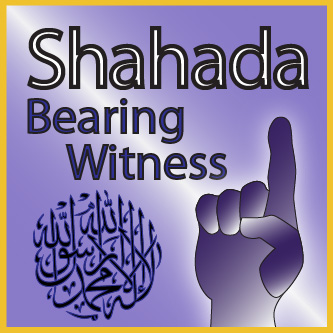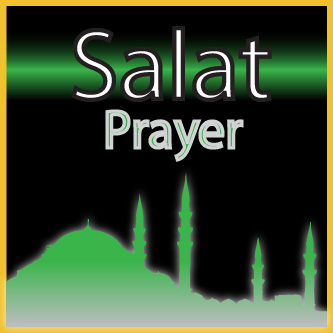Question:
Assalam u alayekum!
Are these permissible to be practiced:
ilm e jafr,ilm ul a’daad ,ilm e simiyah,physiognomy,palmistry. I read that Imam Ahmad Raza called ilm e simiyah as a “najas ilm“, kindly explain the position of these ulum.
Shukran
Answer:
`Alaykum as-Salam,
Physiognomy (firasa, qiyafat al-bashar) is alluded to in the Qur’an (12:273, 5:75) and mentioned explicitly in the hadith “Ittaqu firasat al-mu’min – Beware the believer’s insight” (Tirmidhi) and it was a specialty of Imams Abu Hanifa, al-Shafi`i, and al-Junayd al-Baghdadi, Allah be well-pleased with them. It is an observational art similar to tracking (qiyafat al-athar).
Ibn Khaldun defines al-simya’ (which Lane under s-w-m translates as ‘natural magic’, literally ‘semiology’ in the sense of a ‘natural sign science’) – which is the same as `ilm al harf (letters) and `ilm al-jafr according to Sajaqlizadah in Tartib al-`Ulum (Dar al-Basha’ir al-Islamiyya ed. p. 112-113) – and its subset `ilm al-a`dad (numbers) as the soul’s “ability to exercise its influence through the aid of the temper of the spheres, the elements, or property of numbers,” names, and letters (see Muqaddima, Rosenthal transl. 3:159), including the Divine Names and the names of angels.
These arts were the specialties of Shaykh Muhyi al-Din Ibn `Arabi and Shaykh Ahmad al Buni and are practiced through the manufacture of talismans (talsam; see Safinat al Raghib p. 389 by Muhammad Raghib Basha). Some scholars such as Ibn al-Akfani in Irshad al-Qasid (Cairo Dar al-Fikr ed. p. 183 = Beirut Maktabat Lubnan ed p. 70) said such arts are beneficial and permissible to the extremely few who have competence in them and permission, while al-Ghazali in the Ihya and Ibn Hazm in Maratib al-`Ulum considered them spurious sciences and equated them with sihr (sorcery) and therefore gave them categorically forbidden (haram) status, as they “contain nothing but mud and are a hidden and manifest evil” (Sukayrij, Naf` al-`Umum).
Ibn Khaldun also gives another definition for simya’, as the art of conjuring phatsams, i.e. hallucinations that have no real existence, and this is the definition followed by Ibn al Akfani in his catalogue of the sciences (Irshad, p. 184) where he says it is the more widespread definition.
As for palmistry (kaff al-yad) and the like, it is permissible only in the sense of physiognomy, as when al-Shafi`i saw the feet of a group of sleepers and could tell that one pair belonged to the son of the owner of another pair, or in telling the professions of people merely by looking at the palms of their hands; but in the sense of chiromancy/fortunetelling it is not only haram but unbelief (kufr) to either practice or believe in it, from all of which we seek refuge.
For more on the above one can also look up:
– Abjad al-`Ulum by al-Qinnawji
– Kashshaf Istilahat al-`Ulum by Muhammad `Ali al-Tahanawi
– Miftah al-Sa`ada by Tashkubrizadah
– Mustalahat Jami` al-`Ulum by Ahmadnagri.
The Holy Prophet (upon him blessings and peace) taught us to run to Allah for refuge against unbeneficial knowledge, and Mawlana Shaykh Nazim said the whole solution to mankind and not just for Muslims, is in the hadith: “From the excellence of one’s Islam is to leave alone what is of no concern to him.” May Allah Most High let it not fall into deaf ears.
Hajj Gibril Haddad






